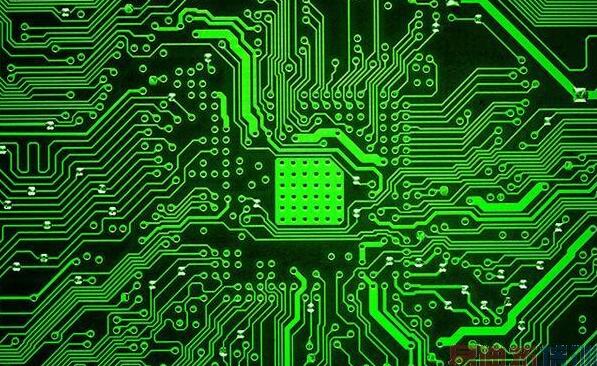The development trend of electronic information industry requires the assembly process of PCB Assembly to be more and more high, and the reliability and quality of electronic whole machine products are mainly determined by the reliability and quality level of PCBA. In the process practice and failure analysis of PCBA, the author found that the residues on PCBA have a great impact on the reliability level of PCBA. The following is an inventory of the types and sources of residues on PCBA.
The residues on PCBA mainly come from the assembly process, especially the welding process. Such as the use of flux residues, flux and solder reaction byproducts, adhesives, lubricating oil and other residues. Other sources of potential harm is relatively small, such as components and PCB production and transportation of pollutants, sweat stains, etc. These residues can generally be divided into three categories. One is non-polar residue, mainly including rosin, resin, glue, lubricating oil and so on. These residues can be best removed only by cleaning with a non-polar solvent. The second type is polar residues, also known as ionic residues, mainly including the active substances in the flux, such as halogen ions, salts produced by various reactions, these residues need to be well removed, must use polar solvents, such as water, methanol, etc.. There is also a category of weakly polar residues, mainly including organic acids and bases from the flux, the removal of these substances to achieve good results, must use a composite solvent. The basic categories of residues are described in detail below.

1. Rosin flux residue
Flux containing rosin or modified resin is mainly composed of non-polar rosin resin and a small amount of halide and organic acid, organic solvent carrier, organic solvent in the process will be volatile due to high temperature removal. Active substances such as halide organic acids (e.g. Adipic acid) mainly remove the oxide layer from the surface to improve the welding effect, but in the welding, the complex chemical reaction process changes the structure of the residue. The products may be unreacted rosin, polymerized rosin, decomposed active agent and halide active agent, metal salt produced by reaction with tin and lead, unchanged rosin and active agent are easier to remove, but potentially harmful reactants are more difficult to remove.
2. Organic acid flux residues
Organic acid flux (OR) generally refers to the solid part of the flux is based on organic acid flux, the residue of this kind of flux is mainly unreacted organic acid, such as glycolic acid, succinic acid, and its metal salts. Now on the market most of the so-called colorless, no clean flux is this category, it is mainly composed of multiple organic acids, including the room temperature without halogen ions, and the welding of halogen ions can be produced at high temperature compound, sometimes also include very small amounts of resin polarity, this type of residue, the hardest is to remove organic acid salts with solder, they have strong adsorption, And the solubility is very poor. When the PCBA assembly process uses water-soluble flux, more of these residues and halide salts can be produced, but these residues can be greatly reduced by timely water-based cleaning.
3. White residue
White residue is a common contaminant on PCBA and is generally not found until the PCBA has been cleaned or assembled for some time. Many aspects of the PCBA fabrication process can cause white residues.
The self-color pollutants of PCBA are generally by-products of flux, but the poor quality of PCB, such as the strong adsorption of welding paint, will increase the chance of white residues. Common white residues are polymerized rosin, unreacted activator and the reaction products of flux and solder, such as lead chloride or bromide. After moisture absorption, the volume of these substances expands, and some substances also hydrate with water, and the white residue becomes increasingly obvious. These residues adsorbed on PCB are extremely difficult to remove. Natural rosin is easy to produce a lot of polymerization reaction in welding process. If overheating or high temperature for a long time, the problem is more serious, from the welding process before and after the PCB surface rosin and residue of infrared spectrum analysis results confirm this process.
4. Adhesives and oil pollution
In the assembly process of PCBA, some yellow glue and red glue are often used, which are used to fix components. However, due to the reasons of process testing, the electrical connection part is often stuck dirty, in addition, the residue after the welding pad protective tape is torn off will seriously affect the electrical connection performance. In addition, some components, such as small potentiometers often coated with too much lubricating oil, will pollute the PCBA board, the residue of such pollution, often insulation, mainly affect the electrical connection performance, generally will not cause corrosion, leakage and other failure problems.